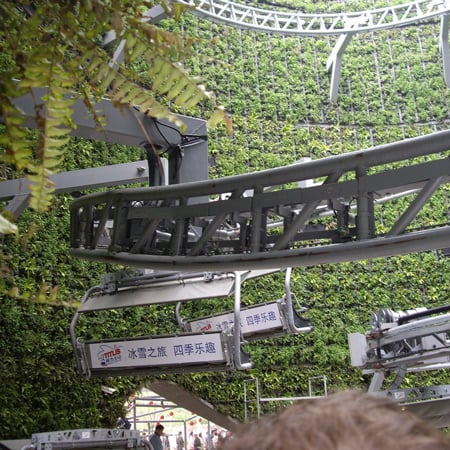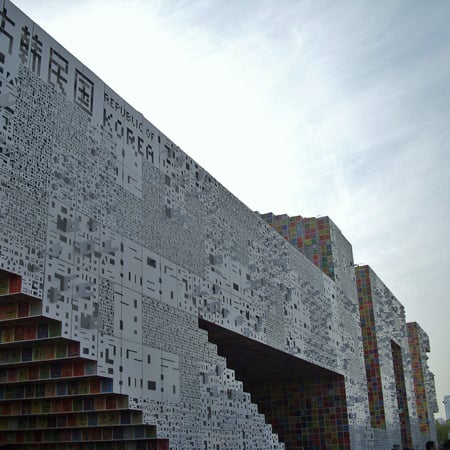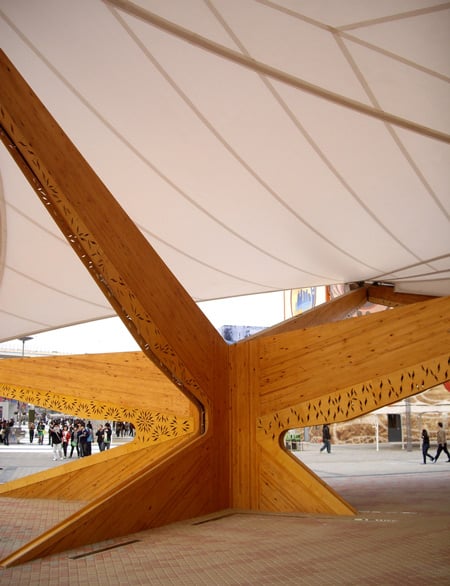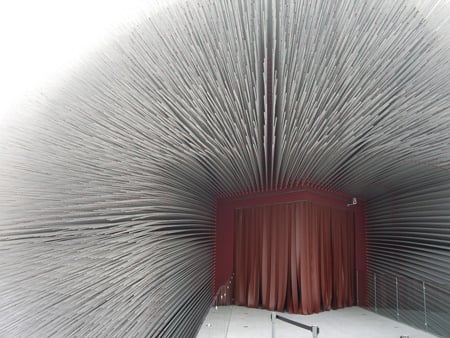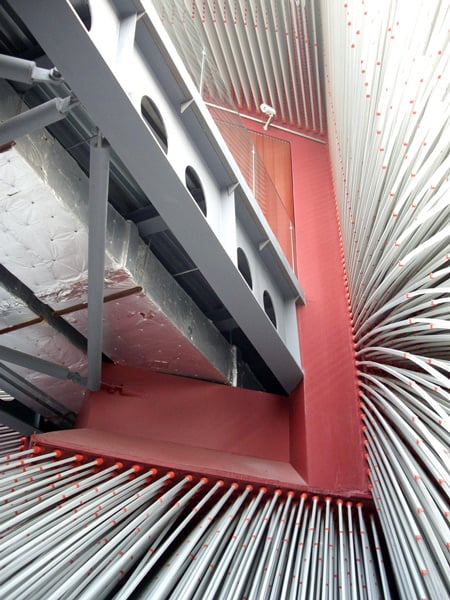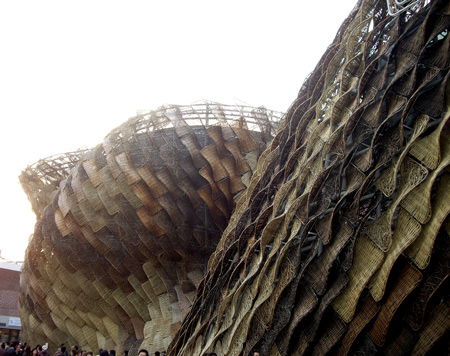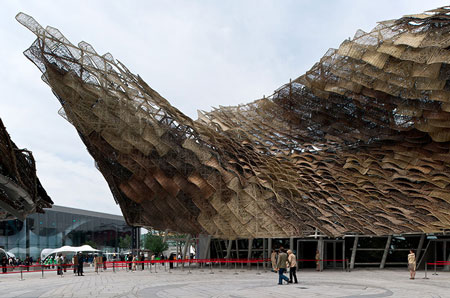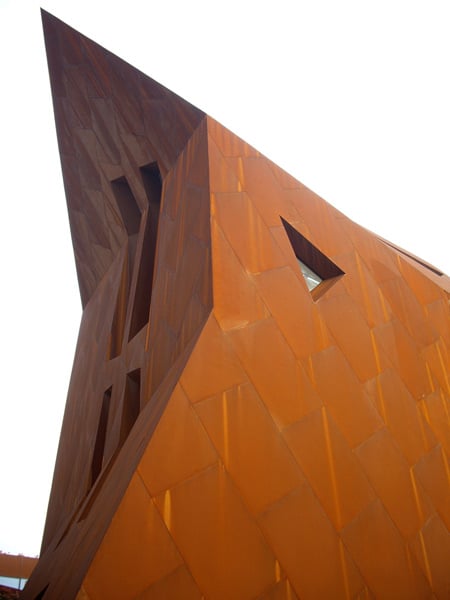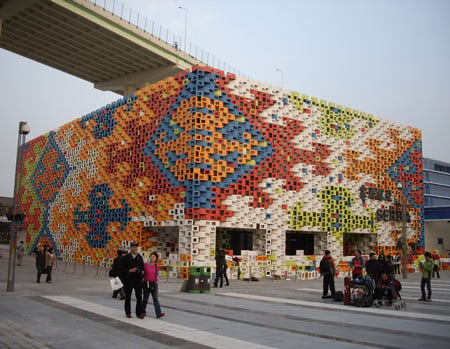Un tema muy habitual de diseño en los claustros universitarios es la biblioteca. La mejor forma de diseñar bibliotecas es estudiar su historia, su evolución espacial a través del tiempo. Cárcel, oficinas, bibliotecas, fábricas, instalaciones militares, están unidas por el concepto de vigilancia y disciplina. El diseño primigenio de las bibliotecas era el de panóptico, donde la persona a cargo del control, tenía una posición central donde podía ver a todas las personas en la sala simultáneamente.
El panóptico es una cárcel ideal diseñada por el filósofo Jeremy Bentham en 1791, que constaba de una torre como centro de una estructura anular, donde los policías se ubicaban sin ser vistos, cuestión que economizaría en vigilantes. Este modelo fue aplicado en forma limitada, sin embargo, ha sido considerado como un desarrollo importante en el campo del diseño, que fue evolucionando, fundamentalmente con la reubicación de las personas de control y por supuesto, con la utilización de cámaras.
No obstante las cámaras, diseñando oficinas en mi profesión, he aprendido que la selección de tabiques divisorios deben estar de acuerdo con la política de la empresa. Su altura y transparencia permitirá que los empleados interactúen o no, se desconcentren o no. Y como me decía un ejecutivo, ¨ellos siempre encuentran la forma de acovacharse, así que también trabajaremos con cámaras¨.
El filósofo francés Michel Foucalt en Vigilar y Castigar, ha tratado el tema profundamente. Ha continuación, transcribo párrafos de la publicación de María de Jesús Rojas Espinosa y María del Pilar Anaya Ávila, ¨Vigilancia y castigo. Aproximaciones al concepto de poder de Michel Foucalt¨, (revista Correo del Maestro, No. 143, Abril 2008) que serán esclarecedores de la postura de Foucalt.
Panopticon. De Jeremy Bentham. Imagen de wikipedia.org
¨Foucault sitúa a la Europa de finales del siglo XVIII y principios del XIX como el momento de una nueva sociedad, la disciplinaria, que se convierte en la forma más difundida de dominación. Antes existían otras formas de ejercicio de la dominación:
• Esclavitud: instalada sobre una relación de apropiación de los cuerpos.
• Domesticidad: fundada a partir de una relación de dominación “constante, global, masiva, no analítica, ilimitada y establecida bajo la forma de la voluntad singular del amo, de su capricho”.
• Vasallaje: a través de una relación de sumisión en extremo codificada, “que atañe menos a las operaciones del cuerpo que a los productos del trabajo y a las marcas rituales del vasallaje”.
• Del ascetismo o las de tipo monástico: que se conforman para garantizar privaciones, y aunque implica la obediencia a otros, su objetivo es el de aumentar el dominio de cada cual sobre su propio cuerpo.
Foucault interpretó el aspecto de la iluminación del panóptico como manifestación de la razón ilustrada en oposición al oscurantismo escolástico, contrarreformista y barroco, para olvidar que si las celdas o las paredes de las fábricas eran transparentes en el ideal panóptico, no era para que “entraran las luces de la razón”, sino más bien, para no perder ni un segundo de producción y control, en una época en la que todavía no se podía perforar los cuerpos opacos con cámaras de televisión.
Así encontramos que por encargo de Jorge III, Jeremías Bentham participó en la reforma del sistema penitenciario. Para ello ideó un tipo de cárcel revolucionaria: el panóptico, en el cual el oscuro y frío calabozo tradicional era sustituido por unas celdas de paredes transparentes en función de un determinado ideal de economía de la vigilancia: un solo vigilante real debía bastar para mantener el orden en cada fábrica o en cada penitenciaría. Jeremías Bentham, con este modelo de vigilancia social, construye la idea a partir de una metáfora de la sociedad denominada panóptico: forma arquitectónica que permite un tipo de poder del espíritu sobre el espíritu, una especie de institución que vale tanto para las escuelas como para los hospitales, las prisiones, los reformatorios, los hospicios o las fábricas.
El panóptico era un sitio en forma de anillo en medio del cual había un patio con una torre en el centro. El anillo estaba dividido en pequeñas celdas que daban al interior y al exterior, y en cada una de las celdas había, según los objetivos de la institución, un niño aprendiendo a escribir, un obrero trabajando, un prisionero expiando sus culpas, un loco actualizando sus locuras… eran el perfecto blanco del poder. Con la metáfora del panoptismo, Foucault intenta apuntar al conjunto de mecanismos que operan en el interior de todas las redes de procedimientos de los que se sirve el poder. El panoptismo es una invención tecnológica en el orden del poder, como la máquina de vapor en el orden de la producción, y su invención tiene la particularidad de que en un principio se usa en niveles locales: escuelas, cuarteles, hospitales, etc.
Foucault es capaz de conectar los microprocesos con otros cambios sociales de carácter general gracias a la elaboración de conceptos mediadores.
El desarrollo del trabajo de Foucault sobre las prácticas disciplinarias puede entenderse como una investigación sobre la génesis del individuo, la formación de un sujeto específico, el individuo del liberalismo económico. En este sentido, al igual que Varela, considero que Foucault conecta con los clásicos de la sociología en su intento de explicar la individualización. Y aunque hemos visto con Norbert Elias (1939) una sociedad disciplinaria, panóptica, que tiene como objetivo central formar cuerpos dóciles, susceptibles de sufrir modificaciones, se instala, entonces, como rasgo característico de la modernidad, a través de tres operaciones:
a) La vigilancia continua y personalizada
b) Mecanismos de control de castigos y recompensas
c) La corrección como forma de modificación y transformación de acuerdo con las normas prefijadas.
La vigilancia en el panoptismo desempeña un rol destacado, dado que no se ejerce sobre los individuos conforme a lo que se hace, sino a lo que se es o a lo que se puede hacer. La vigilancia tiende cada vez más a individualizar al autor del acto, deja de lado la naturaleza jurídica o la calificación penal del acto en sí mismo. En este sentido, Foucault habla de la arquitectura de la vigilancia que haga posible que una única mirada pueda recorrer el mayor número de rostros, cuerpos, actitudes y la mayor cantidad posible de las celdas; así, la tarea principal que le compete a la vigilancia es “vigilar a los individuos antes de que la infracción sea cometida”, por eso se la simboliza con un ojo siempre abierto.
El individuo pertenece a un grupo y el grupo se desenvuelve en las distintas instituciones que conforman la sociedad disciplinaria, como la prisión, la escuela, el hospital, la fábrica y otras. Tales instituciones son denominadas por el autor como estructuras de vigilancia y todas tienen un fin común: el fijar o vincular a los individuos a un aparato de normalización de los hombres; un objetivo basado en ligar al individuo al proceso de producción, formación o corrección de los productores, que habrá de garantizar la producción y a sus ejecutores según una determinada norma y un efecto común, que es la exclusión del individuo.
Foucault afirma, pues, que en esta sociedad del siglo XIX el cuerpo adquiere una significación diferente y deja de ser aquello que debe ser atormentado para convertirse en algo que ha de ser formado, reformado, corregido, en un cuerpo que debe adquirir aptitudes, recibir ciertas cualidades y calificarse como cuerpo capaz de trabajar. Es importante desatacar que, más allá de que todas las instituciones que conforman esta red son especializadas, el funcionamiento de cada una supone una disciplina general de la existencia que supera las finalidades para las que fueron creadas.¨
Para leer el artículo completo:
http://www.correodelmaestro.com/anteriores/2008/abril/incert143.htm
Now see the Agave Library in Phoenix, Arizona




